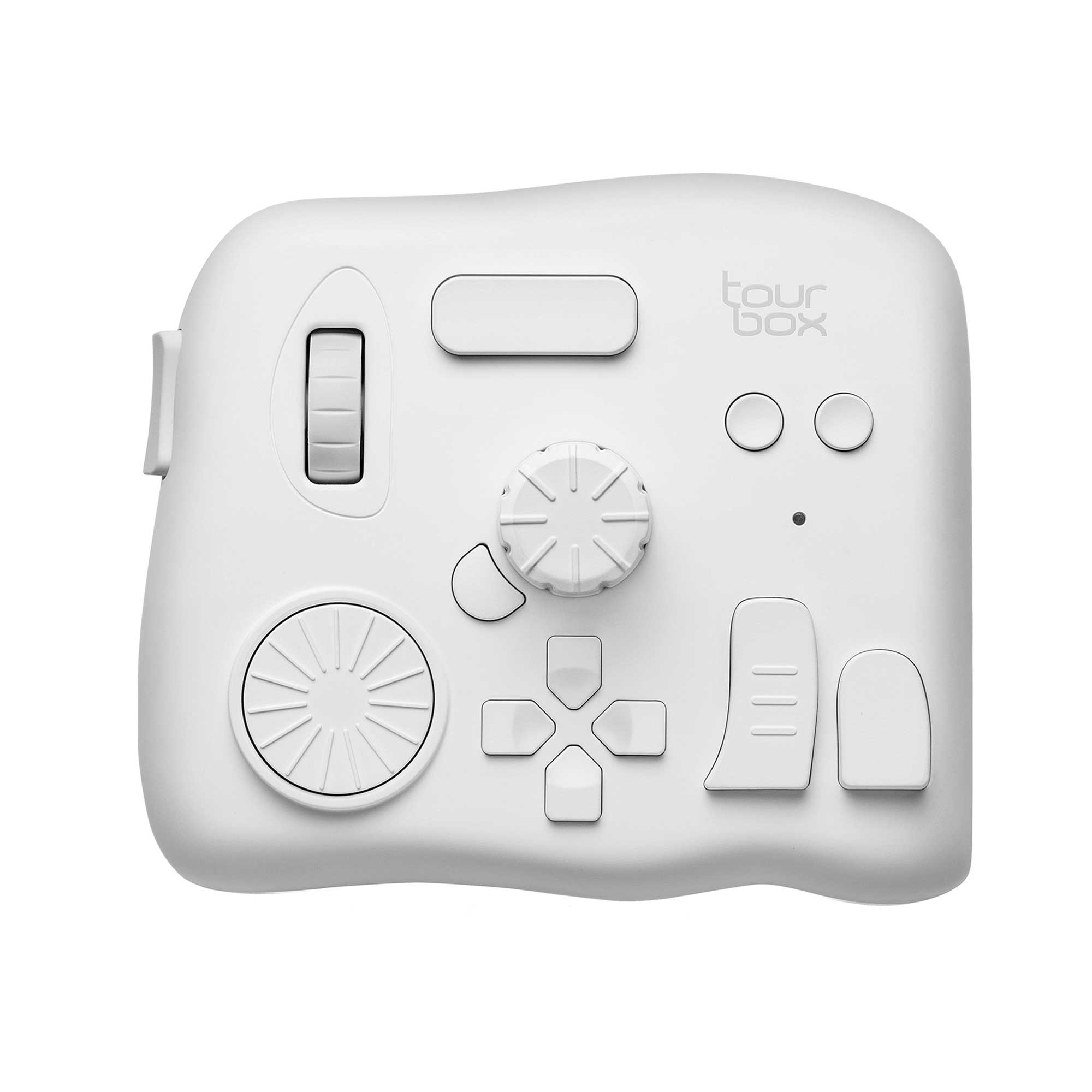How to Rasterize in Photoshop?
When you try to apply a filter or use a brush on a text or shape layer in Photoshop, you might see a pop-up telling you that the action isn't editable and that you need to rasterize first.
So, what is rasterizing, and how to rasterize in Photoshop? This tutorial will walk you through it.

In this article, you will learn:
What Is Rasterizing?
Rasterizing simply means converting Photoshop's "vector" content into a regular pixel layer.
For example, text layers, shape layers, and Smart Object all store vector data before rasterizing. You can scale them freely without losing sharpness, but you can't use pixel-based tools like brushes or filters yet.
Once you rasterize, those layers turn into ordinary images made of pixels. If you zoom in, you'll see jagged edges, and you can no longer edit the text or shapes as vectors.
As mentioned earlier, you might see a prompt to rasterize when you try to use a filter or brush on a text or shape layer. That's because tools like the Brush, Eraser, Clone Stamp, and Content-Aware Fill only work on pixel layers.
Likewise, a Smart Object is a special vector container until you rasterize it, so you can't edit its pixels directly.
To use any pixel-based tool on these layers, you must first turn them into a normal pixel layer — that is, rasterize them.
In short, rasterizing is the process of "turning vector graphics into a bitmap."
Why Rasterize?
Simply put, we rasterize layers so we can use features that only work on pixels.
For example, if you want to doodle on text with the Brush tool or use Content-Aware Fill on a Smart Object, Photoshop will require the layer to be a pixel layer first.
So whenever you need to use certain filters, painting, or retouching tools, you must turn your vector layer into a pixel layer.
After rasterizing, the layer loses its vector properties (you can't edit the text or shape paths anymore), but you gain full access to pixel-based tools like brushes, filters, smudge, and blur.
How to Rasterize in Photoshop?
Rasterizing in Photoshop is easy. First, select the layer you want to rasterize, then right-click it and choose "Rasterize Layer."
If the layer is a text layer, the command will be "Rasterize Type," and the process works the same way.

Or you can go to the top menu and click Layer > Rasterize, then pick the right option.
Photoshop offers several choices:
- "Rasterize > Type" turns text into pixels.
- "Rasterize > Shape" converts vector shapes into a standard bitmap.
- "Rasterize > Smart Object" flattens the selected Smart Object into a pixel layer.
- To rasterize every vector layer in your document at once, use Layer > Rasterize > All Layers.
In short, under the top "Layer" menu's "Rasterize" section, pick the command that matches your layer type to rasterize it.

Here's a concrete example. Suppose you have a text layer. Before rasterizing, the text is fully editable — you can change the words, font, size, and so on.
But once you use the "Rasterize Type" command, that text layer turns into a normal pixel layer. The text itself can't be edited anymore.
If you zoom in on the text, you'll see its edges turn into jagged pixel blocks. You can paint or color on it, but you can't change the actual letters.
The same applies to Smart Object: after rasterizing, Photoshop flattens them. Any filters or transforms that were non-destructive become baked into the pixels, and you lose the ability to tweak them later.
Further Reading:
Master the Power of Smart Object in Photoshop: An Essential Tutorial
Conclusion
In this article, we covered what rasterizing is, why you'd rasterize, and how to rasterize in Photoshop. In short, rasterizing is the process of "turning vector graphics into a bitmap."
While rasterizing unlocks more editing options, it's irreversible — you'll permanently lose vector and text data. That's why it's best to make a backup copy of your layer before rasterizing.
Product Recommendation:
Software like Photoshop has tons of tools and shortcuts, but memorizing them all can be a hassle. That's where TourBox comes in. It's a controller designed to boost your workflow and creativity.

With TourBox, you can map your favorite software tools and functions to its buttons and dials. No more scrambling to remember hotkeys — just like using a game controller, you'll work faster and more comfortably. You can even customize the layout to match your personal workflow.

Plus, TourBox's proprietary features, like TourMenu and macro, let you take your productivity to the next level. If you're curious, give it a look!